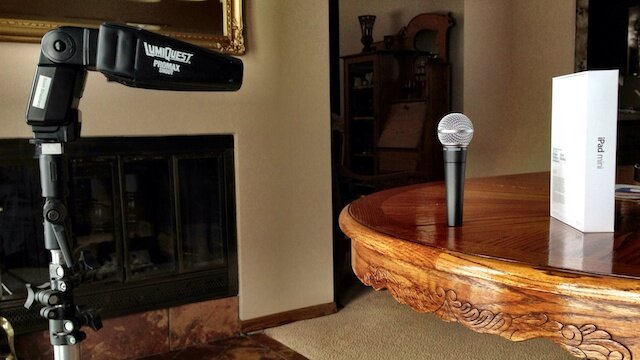 Someone once suggested that "Countless unseen details are often the difference between the mediocre and the magnificent." When I teach photography, this is one of my many mantras: what helps our work rise above all of the billions of photos being taken is our close attention to details and our true understanding of what those details are.
Someone once suggested that "Countless unseen details are often the difference between the mediocre and the magnificent." When I teach photography, this is one of my many mantras: what helps our work rise above all of the billions of photos being taken is our close attention to details and our true understanding of what those details are.
This photo is not presented as an example of the "magnificence" but this detail of the Cathedral of the Madeleine in Salt Lake City is. If you look at a broader view (click), you will will find that while the figure of Jesus is the centerpiece of the this facade of the cathedral, it is only one small part.
And I can assure you that the architects and sculptors did not intend for this statue to be seen with a telephoto lens attached to a high resolution camera as you are seeing it.
So why are the edges of the pages of the book so carefully rendered? And why is there so much detail in the face and hands of Christ that would not be seen from a distance?
The answer is simple: these were all done in a quest to create something that was truly magnificent.

 It occurs to me that in the Black Hills of South Dakota, where this photo was taken, the ponderosa pine is visual white noise in that there are so many of them and, unless they are fallen or bug infested or on fire, they are rarely seen.
It occurs to me that in the Black Hills of South Dakota, where this photo was taken, the ponderosa pine is visual white noise in that there are so many of them and, unless they are fallen or bug infested or on fire, they are rarely seen. Each year I donate a photo to the
Each year I donate a photo to the 
 This is the last of three macro photos that are intended to suggest that photographers have the potential to make common things interesting by finding the right framing, focus and light.
This is the last of three macro photos that are intended to suggest that photographers have the potential to make common things interesting by finding the right framing, focus and light. Second is a series of three.
Second is a series of three. This is the first in a series that I am calling "Singled Out." The series is an attempt to show you that photographers have the power to make the mundane interesting. All it takes is the right framing and the right light. All of the subjects in this series are considered weeds.
This is the first in a series that I am calling "Singled Out." The series is an attempt to show you that photographers have the power to make the mundane interesting. All it takes is the right framing and the right light. All of the subjects in this series are considered weeds. In keeping with my "Working Photographer" theme from yesterday I post the second in a series. This time, the photo is of more mature subjects then Glenyce J. The subjects: Patricia, of Monterey, CA and Nicole of Houston, TX. The setting: Lakota Lake, the Black Hills, South Dakota.
In keeping with my "Working Photographer" theme from yesterday I post the second in a series. This time, the photo is of more mature subjects then Glenyce J. The subjects: Patricia, of Monterey, CA and Nicole of Houston, TX. The setting: Lakota Lake, the Black Hills, South Dakota.




